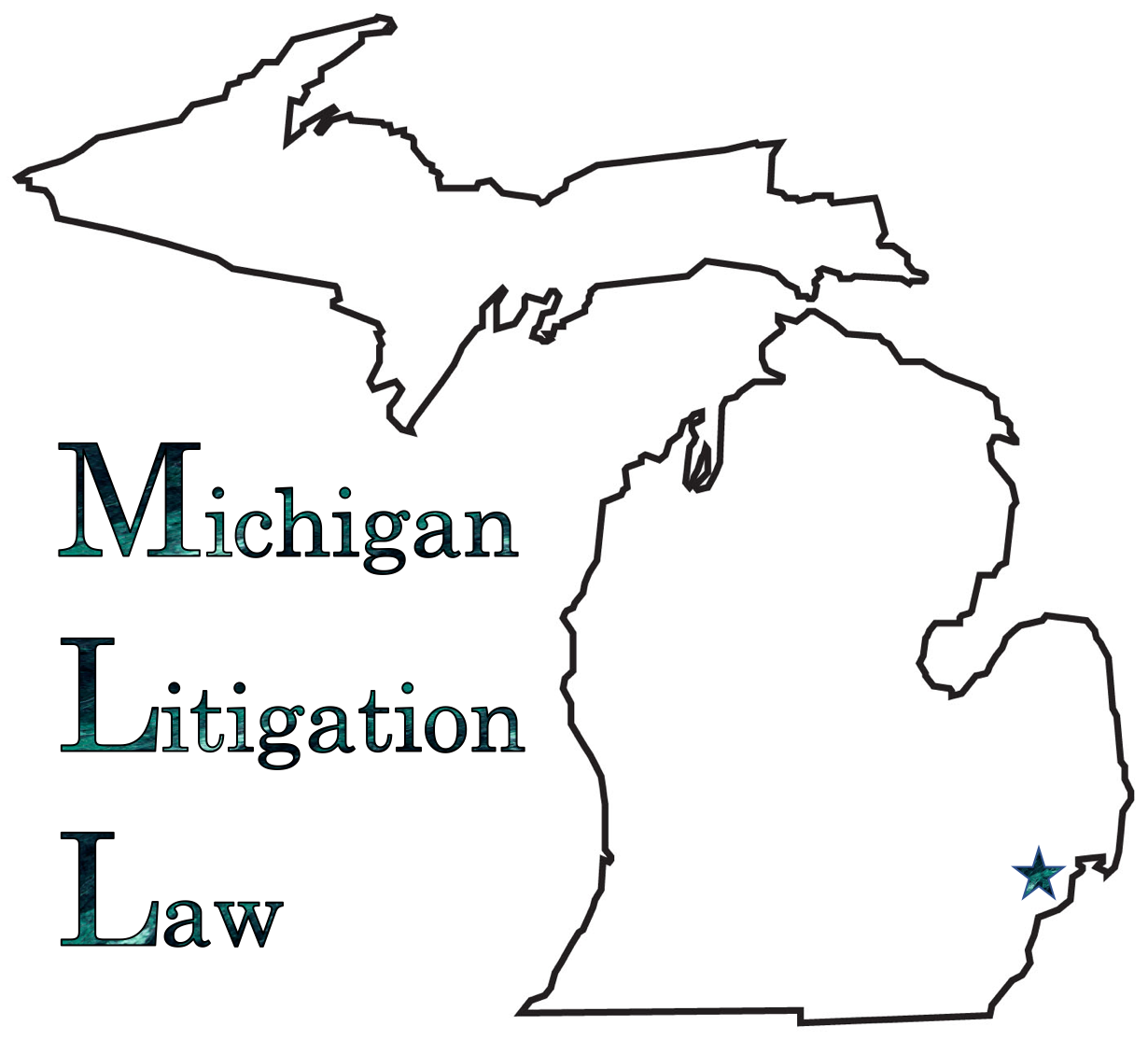How to Avoid Prohibited Retaliation?
Discharge is retaliatory by nature—it is usually a direct response to performance or misconduct problems. It is a legally acceptable act when founded on legitimate employer business interests. See Hale v Comerica Bank–Detroit, 189 Mich App 382, 473 NW2d 725 (1991); Stoken v JET Elecs & Tech, Inc, 174 Mich App 457, 436 NW2d 389 (1988); Brown v Chris Nelsen & Son, Inc, 10 Mich App 95, 158 NW2d 818 (1968).
Understand Employee Rights:
- Employees are statutorily protected from discharge in retaliation for exercising legally protected rights in the workplace.
- Examples of such rights include, among others, filing worker’s compensation claims, MCL 418.301(13); involvement in union-organizing activities, 29 USC 158; participating or assisting in discrimination cases on behalf of other employees, MCL 37.2701(a); or reporting violations of law to a public body, MCL 15.362 (Whistleblowers’ Protection Act [WPA]).
What Should the Employer Do To Avoid Issues?
- The employer must determine whether the terminated employee was engaged in protected activities shortly before the termination decision.
- Then, the employer must determine whether there is a causal link between the termination and the employee’s participation in any such collateral protected activity or civil rights matter.
- Generally, however, where the time between the events is remote (approximately five years), only conjecture and speculation link the two and there is no demonstrable causal nexus. Aho v Michigan Dep’t of Corr, 263 Mich App 281, 688 NW2d 104 (2004).
- The employer should carefully evaluate the employee’s presumptive protected activity.
- What at first may appear to be protected may in reality be beyond the scope of legal protections. See, e.g., Hoven v Walgreen Co, 751 F3d 778 (6th Cir 2014) (discharging concealed weapon at armed robbers in store).
- Beware, however, that in some cases what may appear beyond the protected scope may become protected unexpectedly. Anzaldua v Neogen Corp, 292 Mich App 626, 808 NW2d 804 (2011) (WPA extends to employees who participate in routine state administrative boiler searches and inspections); Heckmann v Detroit Chief of Police, 267 Mich App 480, 705 NW2d 689 (2005) (holding that mayor’s office and police department are separate public bodies for WPA reporting), overruled in part on other grounds by Brown v Mayor of Detroit, 478 Mich 589, 734 NW2d 514 (2007).
- An employer should begin its retaliation inquiry by identifying the supervisors who actually made the termination decision.
- Determine whether supervisory employees involved in the decision-making had knowledge of the employee’s alleged protected conduct or activities.
- At a minimum, this process alerts the employer to potential liability. The process of isolating the location of the termination decision and knowledge of the employee’s conduct or activity also enhances the employer’s ability to defend against claims of some causal connection between the protected activity and the termination decision.
- See, e.g., Aho v Michigan Dep’t of Corr, 263 Mich App 281, 688 NW2d 104 (2004) (retaliatory discharge case dismissed in part because supervisor who discharged employee found to have no knowledge of prior protected activity by employee).
- Determine whether supervisory employees involved in the decision-making had knowledge of the employee’s alleged protected conduct or activities.
Is an Employee's Intent Relevant?
- An employee’s motivation is not relevant to the issue of whether he or she engaged in protected activity under the WPA, and proof of “any specific motivation” is not a prerequisite to bringing a WPA claim. Whitman v City of Burton, 493 Mich 303, 831 NW2d 223 (2013).
- Note that an employee who alleges that his or her termination violated public policy because the discharge was based on the employee’s failure or refusal to violate the law need not show that the employer directed him or her to violate the law. Morrison v B Braun Med Inc, 663 F3d 251 (6th Cir 2011).

